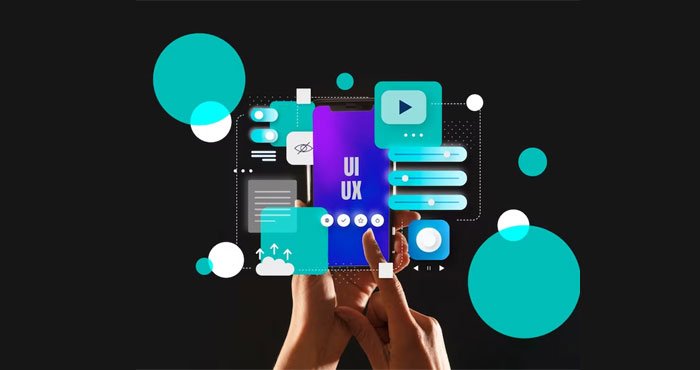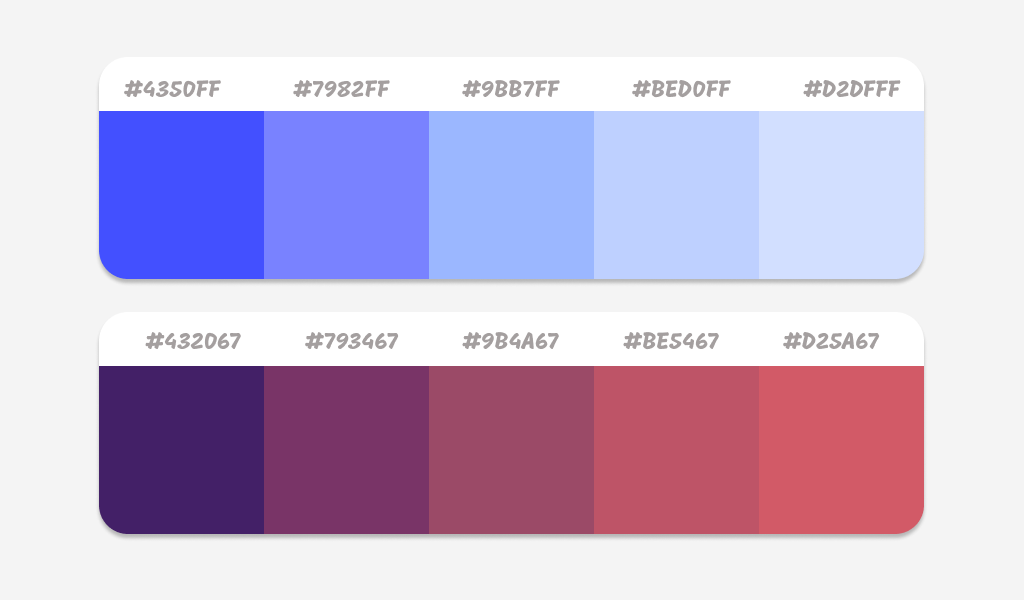Differences Between UI & UX understand it in depth below…
Introduction
We all know that the job of a business is to make life better for people worldwide. That is why companies create valuable and meaningful products that people can use to improve their lives.
Differences Between UI & UX – From tasty food products to great skin care lotions, making customers’ lives better is the primary objective (along with making profits, of course).
But in the digital world, you must have heard about the terms UI and UX. These two get thrown around quite often when someone describes a website or an application.
But what are they, and how different are they from each other?
This is what you are going to find out after reading this article.
What Is UI?
UI stands for User Interface. It refers to all the interactions that a person has with a product.
However, it mainly refers to the interaction of a person with a website or an application or some form of technology.
In simpler words, it relates to how creators of something want their users to use it.
For example, if you create a microwave, the placement of various buttons and the number of features each button has will define the user interface. This is because you, as a user, will be operating the microwave using those buttons.
Therefore, the more features you can use those buttons, the better the user interface is considered.
Elements Of A Good UI
Some signs of a well-designed UI are:
1. Easy To Understand
A good UI must have certain features that make sure that users find it easy to understand the description of all its buttons and what each one does.
If the user does not understand how to use the product, you should probably fire your UI designer.
2. Fewer Options, More Features
The fewer buttons or options are presented directly to the users, the better it will be for them to understand what to do and how to use the product.
This is because fewer options will make the space (website, remote, application, etc.) more easily navigable.
Fewer buttons also give space to enhance the design of the products, which is a bonus.
Read Also: Smart Business Daily, Dream Land Estate
What Is UX?
UX refers to the User Experience (the X is taken from experience). It refers to the overall utility that a user has from using it as a product.
Therefore, you can say that it is the direct result of how a user reacts after using the UI.
UX is highly dependent on the functions and viability of the UI. If the UI is wrong, the UX will be bad also. Therefore, it is essential to ensure that the UI is good and that the UX is also good.
The user experience for a product will be variable from person to person. This is because different people will perceive the use of the product in different ways.
For example, an older adult who does not use too many technologies will find it challenging to use a smartphone.
On the other hand, a young kid who constantly uses the mobile phone will find it very easy to use a smartphone. Read More: Tech Net Deals, SB News Room
Difference Between UI and UX
The main differences between a good UI and a UX are:
1. UI Builds The UX
A good UI automatically makes the UX better because the latter is dependent on the UI. Suppose the options and the features are all straightforwardly presented to the user to understand. UX/UI design is important because of this functionality.
For example, think of the application WhatsApp. In this application, the user can easily find all its options very easily.
By now, you already know how to search for contacts on your list, and how to add images in text messages. These processes have become very easy because the UI team has built the application very well.
2. UI Is More Important Than The UX
The UI is more important than the UX because, again, the UI builds the quality of the UX. For example, take the above example of WhatsApp.
You can say that in a fight between the Product Designer vs. UX Designer, the product designer can be more critical. However, the UX is also important because the final product of the UI is the UX.
Therefore, depending on the visions of the UX, the UI designer designs it accordingly.
| Aspect | User Interface (UI) | User Experience (UX) |
|---|---|---|
| Definition | Refers to the visual elements of a product or system with which users interact. It includes components such as buttons, menus, icons, colors, typography, and layout. | Encompasses the overall experience users have while interacting with a product or system. It focuses on aspects such as usability, accessibility, ease of use, and emotional impact. |
| Focus | Primarily focuses on the presentation and aesthetics of a product’s interface. | Primarily focuses on the overall interaction journey and how users feel when using a product or system. |
| Goal | Enhances the visual appeal and aesthetic quality of a product’s interface to make it visually pleasing and easy to use. | Ensures that the entire interaction process, from initial discovery to post-interaction reflection, is smooth, intuitive, and enjoyable for users. |
| Components | Includes elements such as layout, typography, color schemes, icons, buttons, forms, and visual hierarchy. | Encompasses the entire user journey, including information architecture, wireframing, prototyping, usability testing, and iterative improvement based on user feedback. |
| Importance | Important for creating a visually appealing and intuitive interface that attracts users and makes navigation seamless. | Crucial for creating meaningful and satisfying user experiences that foster engagement, loyalty, and positive brand perception. |
| Measurement | Can be measured based on criteria such as visual consistency, usability, accessibility, and adherence to design principles. | Can be measured based on criteria such as ease of use, efficiency, effectiveness, satisfaction, learnability, and emotional response. |
| Examples | – Designing an intuitive and visually appealing dashboard for a mobile app. – Creating user-friendly navigation menus and buttons. | – Conducting user research to understand user needs and pain points. – Creating wireframes and prototypes to test usability. – Iteratively improving the user experience based on feedback and usability testing. |
| Collaboration | Collaborates closely with UX designers, developers, and stakeholders to ensure that the visual design aligns with the overall user experience strategy. | Collaborates with UI designers, developers, content strategists, and stakeholders to ensure that the entire user journey is cohesive and meets user needs and business objectives. |
| Tools and Technologies | Graphic design tools such as Adobe XD, Sketch, Figma, and Adobe Photoshop. Front-end development technologies such as HTML, CSS, and JavaScript for implementation. | Prototyping tools such as Axure RP, Adobe XD, Sketch, and InVision. User testing tools such as UsabilityHub and UserTesting. Collaboration tools such as Miro and Slack. |
Conclusion
In digital technology, UI and UX are crucial features to make technology more enjoyable.
This is because customers wi9ll only be happy if the product has a good UI that makes the UX suitable for the customers.
This is the only way you will sell more copies of that product in the market.
Author Bio:
Jenny Thomas is a passionate blogger. She loves to share her thoughts, ideas and experiences with the world through blogging. Jenny Thomas is associated with MashumMollah, OnlineNewsBuzz, OnlineMarketingTool, RealWealthBusiness And ContentRally.
Read Also –
- 3-best-ui-design-practices
- Four-modern-day-ux-trends-you-should-implement-in-your-mobile-app-design



